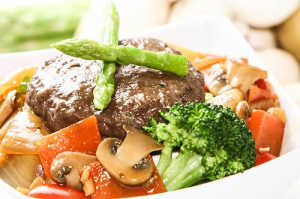
I am not going to say that supplements are a substitute for a healthy and varied diet. They are not. But, in the case of Coenzyme Q10 intakes, the best imaginable diet needs to be supplemented once we reach our 40’s and beyond.
Coenzyme Q10 supplements are important for the heart health benefits that they confer. No doubt about it. We have documented evidence from gold standard clinical trials comparing the outcomes in a ubiquinone Q10 treatment group with the outcomes in a placebo group.
What do we know about Coenzyme Q10?
- We know that Coenzyme Q10 is a redox molecule that is a vital co-factor in the process of cellular energy production and is a powerful antioxidant.
- We know that once we get past our mid-20s, our bodies synthesize less and less Coenzyme Q10 with increasing age. (3)
- We know that the body’s synthesis of Coenzyme Q10 is a complicated 17-step process that can easily go wrong and malfunction. To be successful, the bio-synthesis of Coenzyme Q10 requires the availability of a large number of vitamins, amino acids, and trace elements.
- We know that some medications, statin medications in particular, inhibit the bio-synthesis of Coenzyme Q10 (2).
- We know that Coenzyme Q10 is relatively scarce in foodstuffs (4). For vegetarians and vegans, whose diet does not include animal proteins, the content of Q10 in their diets is even less.
What don’t we know about Coenzyme Q10?
The thing is this: we do not know that an individual can get enough Coenzyme Q10 from his or her normal diet to meet his or her daily Q10 requirements.
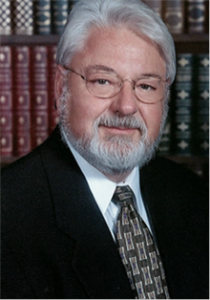
For Dr. Judy, it is a matter of simple arithmetic. We produce less Q10 as we age, and we do not get enough Q10 in our food to make up the difference. We need a Coenzyme Q10 supplement. Every day. Some of us will need a Q10 supplement twice a day.
What is the typical daily requirement for Coenzyme Q10?
According to Dr. William Judy of the SIBR Research Institute, an adult person requires approximately 3.5 mg of Coenzyme Q10 daily to maintain normal healthy body function. Is it possible to get 3.5 mg of Coenzyme Q10 from our food every day?
A study of the Coenzyme Q10 content of typical meals in Denmark has shown that the normal daily intake of Q10 from food ranges from 3 to 5 mg per day (4). But that is the amount of Q10 in the food that is eaten. It is not the amount of Q10 that is absorbed from the food. If 8 percent of the Q10 in our food is actually absorbed, then we get 0.24 to 0.4 milligrams of Q10 per day from food. That is not enough.
What foods contain Coenzyme Q10?
Most foods are very low in Q10 content. For example, spinach and broccoli are the only plants that we commonly eat that contain Coenzyme Q10. Avocados are good; they contain some Q10. The rest of the plant-based foods that we normally eat contain Coenzyme Q9, not Q10. So, we get little Q10 from the vegetables that we eat. A person would have to eat 4 pounds of chopped spinach to get 3.5 mg of Q10 daily. With that in mind, we can see why Popeye had to eat so much spinach to get his energy levels up.
Coenzyme Q10 from meat and fish
Legumes (beans and peas and nuts and lentils) do contain some Q10. But most of the Q10 from food comes from the animal proteins that we eat. Even then, we get relatively little Q10 from the meats and fishes that we eat, especially if these items are cooked. Dr. Judy gives the following example: we would have to eat 3 pounds of beef steak daily to get our needed 3.5 mg of Coenzyme Q10. Or, he says, we would have to eat about 2 pounds of liver to get 3.5 mg of Coenzyme Q10 into our blood.
Coenzyme Q10 supplements necessary for middle-age and elderly people
Really, the only possible conclusion is that middle-aged and elderly people need a ubiquinone Q10 supplement if they are going to get the required amount of Coenzyme Q10 on a daily basis. After all, their bodies are producing less Q10, and they are not adding enough Q10 in their meals to make up the difference. Dr. Judy estimates that a 65-year-old person may produce 50% less Coenzyme Q10 than he or she did at age 25.
How to find a good Coenzyme Q10 supplement?
The problem is in finding a good Coenzyme Q10 supplement. Just as we have to decide whether to buy regular broccoli or organically grown broccoli, so too do we have to decide whether we should buy a ubiquinone Q10 product or a ubiquinol product, and, then, having decided in favor of the ubiquinone Q10 product, we have to decide whether we should buy a ubiquinone Q10 product with documented effects or another Coenzyme Q10 product that has not been tested in clinical trials.
The better ubiquinone Q10 products
It seems that the better ubiquinone Q10 products – the ones with better absorption – can be expected to give a person somewhere between 2.2 mg and 4 mg per daily dose of 100 mg. These ubiquinone Q10 products are, generally, the products that cost in the neighborhood of 90 cents to a dollar a day for a 100 mg capsule. But not always. Some products may cost that much but not have a good absorption or a good health effect.
Remember: the rate of absorption will vary considerably from person to person depending upon such factors as age, body mass, diet, disease condition, ethnic origin, and exercise levels.
Two scenarios for taking the ubiquinone Q10 supplement
Scenario 1: a middle-aged or elderly mostly healthy individual with an average bio-synthesis of 2.0 mg of Coenzyme Q10 per day can easily reach his or her daily requirement of 3.5 mg of Q10 by taking one of the better absorbed ubiquinone Q10 supplements.
Scenario 2: Elderly heart failure patients and/or patients taking statin medications whose blood Q10 levels have fallen down to 0.50 micrograms per milliliter really do need to get a full 2.2 mg of Q10 daily from a good supplement. Actually, people in this category should be taking a Q10 supplement twice a day at least.
Conclusion about Coenzyme Q10 from food sources
Most of us in middle age and beyond are not going to be able to produce as much Coenzyme Q10 as our bodies need for optimal cellular energy production and for antioxidant protection. Furthermore, we are not going to be able to get enough additional Coenzyme Q10 from our food to make up the difference.
Elderly heart patients and patients taking statin medication need Coenzyme Q10 supplements. Low plasma and cellular Q10 levels are positive indicators of congestive heart failure and death (1).
We need a good ubiquinone Q10 supplement. Fortunately for us, Coenzyme Q10 is available now in products with a documented effect, is well tolerated, and is affordable.
Sources:
- Folkers K, Vadhanavikit S, Mortensen SA. Biochemical rationale and myocardial tissue data on the effective therapy of cardiomyopathy with coenzyme Q10. Proc Natl Acad Sci U S A 1985;82:901-4.
- Folkers K, Langsjoen P, Willis R, Richardson P, Xia LJ, Ye CQ, et al. Lovastatin decreases coenzyme Q levels in humans. Proc Natl Acad Sci U S A 1990;87:8931-4.
- Kalen A, Appelkvist EL, Dallner G. Age-related changes in the lipid compositions of rat and human tissues. Lipids. 1989;24(7):579–584.
- Weber C, Bysted A, Hølmer G. The Coenzyme Q10 content of the average Danish diet. Int J Vitam Nutr Res 1997;67:123-9.


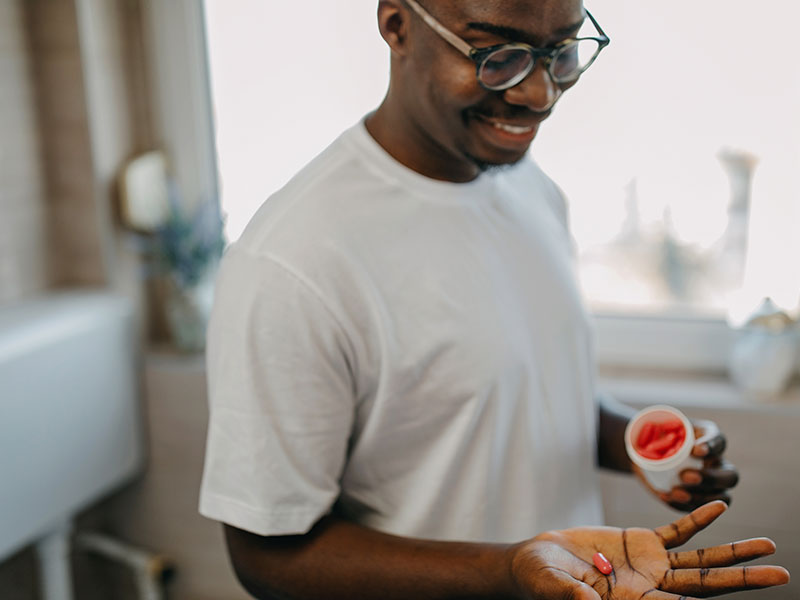
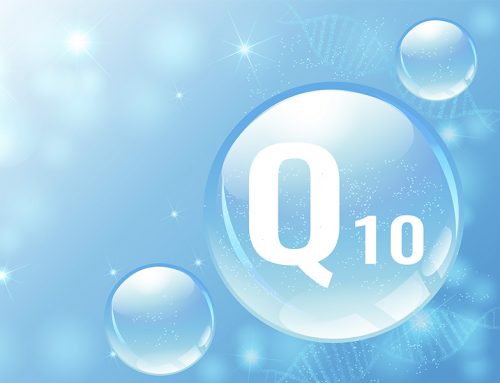
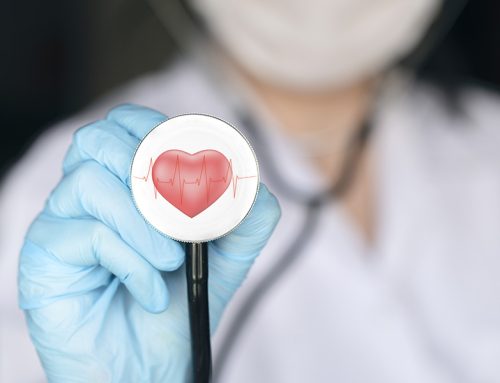

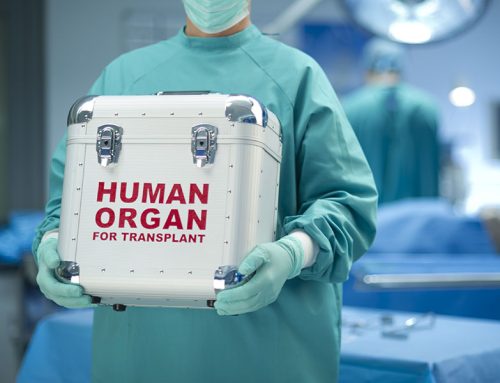
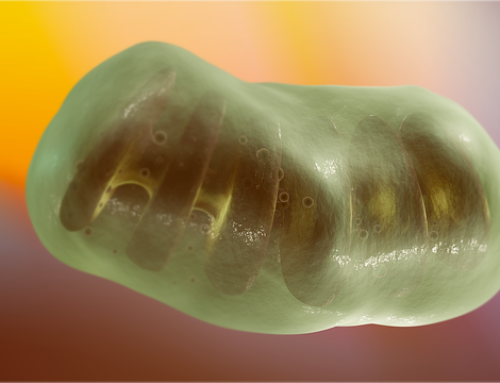
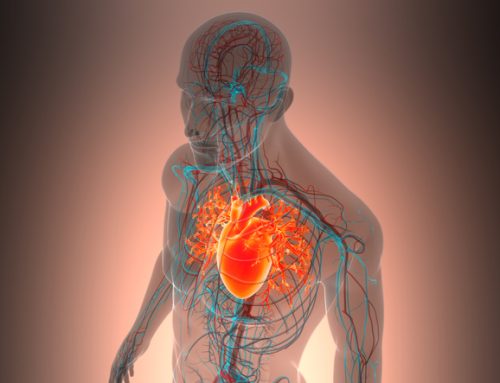
Leave A Comment